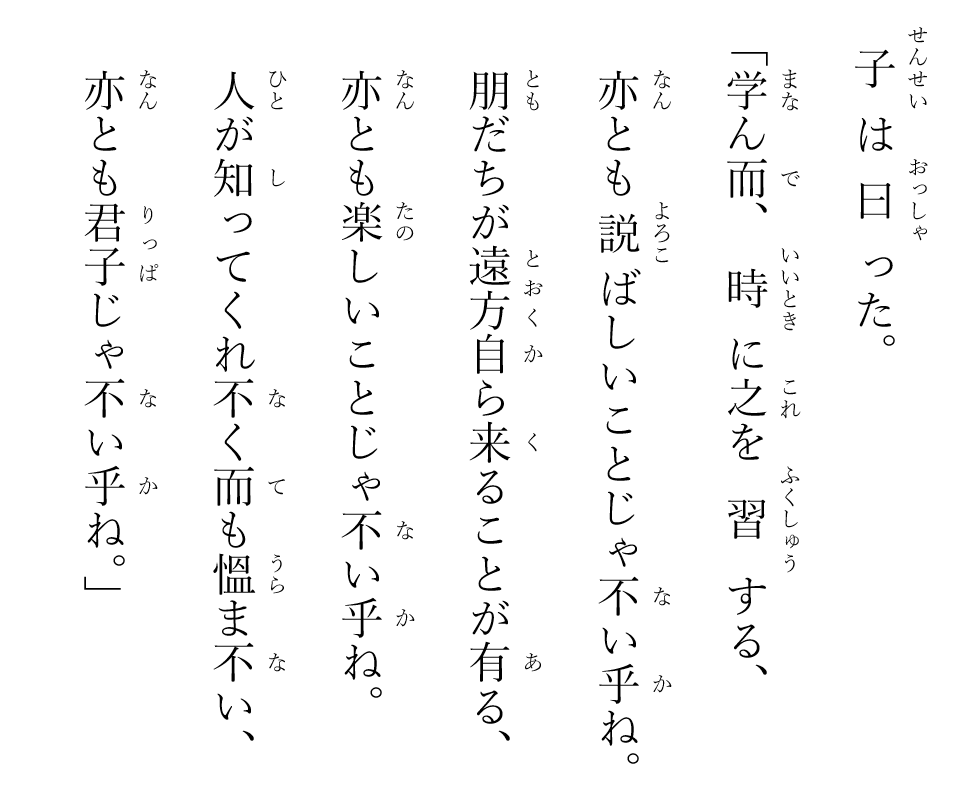Damansara in early maps and written records
In December 1875, a 53-year-old ex-naval officer named William Bloomfield Douglas was transferred1 to Langat to take over the role of Frank Swettenham, who was the assistant to the Selangor Resident.
Later, we were told that Douglas's son-in-law, an Australian surveyor named Dominick Daniel Daly, was made the Superintendent of Public Works and Surveys of Selangor. In 1882, Daly recounted that he was tasked by Sir Andrew Clarke in May 1875 to do a topological survey in Selangor. Since Daly's appointment as surveyor predates Douglas's Langat assignment, the following must be true: Daly was initially recruited by Clarke to work in Singapore and the Malay states. When Douglas was made the acting Resident of Selangor in April 1876, he made Daly his second-in-command.2
Daly is important in our story because it was through him that the toponym Damansara entered the English lexicon publicly for the very first time. The word was used in his description of the accidental discovery3 of Batu Caves by a group of explorers in 1878. The group consists primarily of three persons: Daly's father-in-law, Harry C. Syers (Superintendent of Police of Selangor), and William Hornaday. Hornaday was an American zoologist and his writeup on the exploration was published4 in 1879. In Hornaday's article, however, the spelling used was Damasara
Both of these 1879 articles confirm that Damansara is the place where travellers switch from boat-travel to land-travel on their way from Klang to Kuala Lumpur in the mid 19th century. The switch was made in order to save time because after Damansara, boat travellers have to make a u-shape descend southward, before curving towards Kuala Lumpur.
In a contemporaneous map prepared by de Souza in 1879, the spelling Damar Sara is used. Since the data used by de Souza predates Daly's survey, and it is not surprising to find that the toponym is rendered differently by Daly and de Souza.
- James C. Jackson (1963) Kuala Lumpur in the 1880's: The contribution of Bloomfield Douglas, Journal of Southeast Asian History 4(2), pp. 117-127. The British Resident at the time was J. G. Davidson. Swenttemham had to be urgently moved to Perak because Birch was killed on 2 November 1875.
- Daly's appointment in May 1875 coincided Douglas's appointment as the second police magistrate in Singapore. Douglas first landed in Singapore in April 1874, he then accepted the offer to become acting police magistrate in October 1874. Daly recounted his appointment by Clarke in an evening meeting (8 May 1882) organized the Royal Geographical Society in London. Clarke was also there in the evening and he reaffirmed Daly's appointment. See Daly (1882), p. 393 and p. 409. See also Isabella Bird, Kay Chubbuck (ed.) (2002) Letters to Henrietta, Northeastern University Press, Boston, p. 321. Note that Chubbuck mispelt Daly's name as: Daniel D. Daly.
- D. D. Daly (1879) Caves at Sungei Batu in Selangor, Journal of Straits Branch of Royal Asiatic Society 3, p. 116. Daly likely quoted his father-in-law: ‘Leaving Klang at 8 a.m. in the steam-tender Abdul Samat and following up the Klang river a distance of 17 miles, the rising township of Damansara was reached at 10 a.m., thence a good road for 13 miles on ponies, and 4 miles through jungles, brought the parties to the great tin-mining centre at Kwala Lumpor.'
- W. T. Hornaday (1879) Account of a naturalist's visit to the Territory of Selangor, Journal of Straits Branch of Royal Asiatic Society 3, p. 126. Hornaday was an American zoologist and taxidermist. Hornaday's paper was ten pages away from Daly's paper. We were told by Hornaday that: ‘We left Klang on the evening of June 26th, and proceeded up the river 18 miles by boat to Damasara, arriving there there same night. Early the next morning we set out for Kwala Lumpor, a large town 17 miles to the East of Damasara, in the centre of the tin-mining district. A good carriage road is being constructed from Damasara to Kwala Lumpor, but at the time was completed for only about 12 miles. . .'



Daly and his father-in-law were later forced to resign because of corruption in 1882. And on 8 May 1882, he gave a talk in front of the members of the Royal Geographical Society. This time, however, the toponym is rendered in the article as Damarsara.
Klang was at that time the capital of Sĕlangor, and it is situated in lat. 3°3′ N. and long. 101°29′30″ E. on a river of the same name. It is at the head of the navigation for vessels drawing 13 feet of water, and a fort garrisoned by Malay police commands the river. Leaving Klang, the river winds through rich alluvial deposits, covered with primeval jungle on either side, low lands admirably adapted for sugar, rice, and other low-land products. At a distance of 18 miles up the river, and the the head of the navigation for steam-launches, there is a village called Damarsara, where there was a jungle track - 18 miles in length - through an undulating country to the town of Kwala Lumpur. The soil on the rises consisted of ferruginous red and yellow clays, and the valleys contained black soil mixed with a little sand.
A few years later, the American zoologist who helped to discover Batu Caves, printed a memoir to recount his experiences in Asia. This time, he dropped his earlier rendering of Damasara in favour of Damensara.
On again reaching Klang I found there Captain Douglas, the British Resident, who, much to my advantage, was kind enough to interest himself in the object of my visit. Through this co-operation Mr. Syers obtained fourteen days' leave of absence for the trip we had planned to take into the interior, and, on the evening of June 27th (of 1878), we started up the river in Mr. Syers' boat. Four Malays pulled the boat, while we lay down and slept comfortably until we reach Damensara, eighteen miles up, where we tied up till morning. From the Police Station at that point a good carriage road leads east seventeen miles to Kwala Lumpor, the largest town in the territory, in the centre of the mining district.
- D. D. Daly (1882) Surveys and explorations in the Native States of the Malayan Peninsula, 1875-82, Proceedings of the Royal Geographical Society and Monthly Record of Geography 4(7), p. 394. Daly's orthographic choice was apparently different from that of his 1879 paper (Damansara), but surprisingly, it was similar to the way the render the toponym (i.e. Damarsarah) in a handwritten reply to Douglas on 13 December 1879. Douglas, on the other, spelt the place as Damansara, in the letter directed to his son-in-law on 8 November 1879. See 1957/0000779W.
- W. T. Hornaday (1885) Two years in the jungle: the experiences of a hunter and naturalist in India, Ceylon, the Malay Peninsula and Borneo, Charles Scribner's Sons, New York. This choice of the 1885 text appears to illustrate three things: (a) Hornaday's choice is not influenced by the map produced by cartographers in London from 1878-1885. (b) Hornaday must have decided six years later that his original vocalisation of the toponym can be improved. (c) Hornday's new rendering is consistent with Daly's original spelling of Damansara in 1879.
- J. M. Gullick (1975) Selangor 1876-1882: The Bloomfield Douglas diary, Journal of Malaysian Branch of Royal Asiatic Society 48(2), pp. 1-51.
Since both Daly and Hornaday were in Selangor in her early days, their choice of spelling carries more linguistic weight than that of the cartographers thousands miles away. Actually, the word Damansara can also be found in Douglas's diary when he traveled to Kuala Lumpur for the first time in July 1867 but his Selangor diaries did not make their public appearance until recently1. For example, in the 21 July 1876 entry, Douglas wrote:
At 6.10 a.m. started from Kuala Lumpur en route to Ulu Selangor taking with me Ah Eng, the Capitan China's head panglima, Tun Sheikh Mohamed Ali, my guard of twelve men, two servants and seven coolies - our baggage weighed two pickups fifty katis, the guard only carrying their arms and ammunition. Mr. Angus and Mr. Syers left for Damansara. I took advantage of a lift on one the Capitan China's ponies as I had blistered my foot in walking yesterday in thin shoes and I was afraid it might become worse before I completed the journey to Bernam.
In general, the evolution of any Malay toponym in English publications can be quite convoluted. For Damansara specifically, we know it has experienced significant amount of fluctuations.
In maps:
Demarsura (1875),
Damarsara (1876),
Damar Sara (1879),
Damansara (1883),
Damar Sara (1891),
Damansara (1898),
Daman Sara (1903),
Damansara (1913-2020).
In written text:
Damansara (1876 Douglas),
Damansara (Daly 1879),
Damasara (Hornaday 1879),
Damarsara (Daly 1882),
Damensara (Hornaday 1885).














Comments